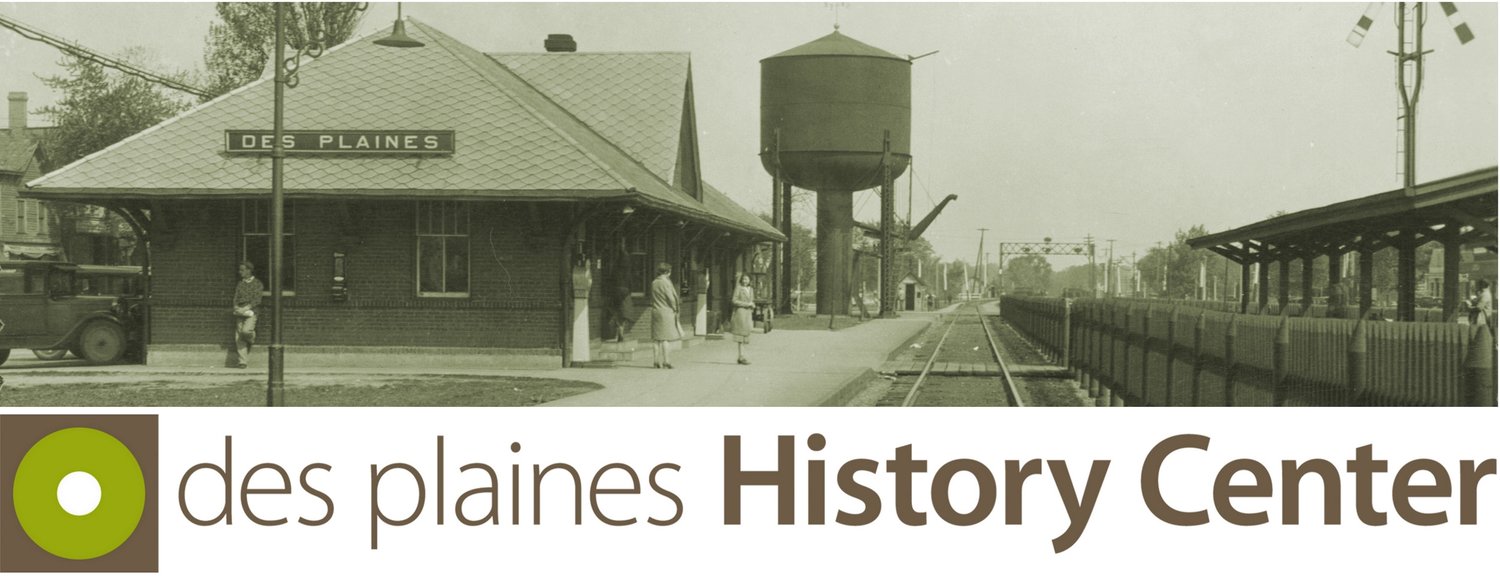Historic Letter Writing
For a very long time, letter writing was a very important way of life. Without modern technology like telephones and email, the only way for people to communicate across long distances was to send letters back and forth. Reading and writing letters was entertaining, a great way to share news, and one of the only ways to keep in touch with family and friends who had moved away or were traveling. While paper hasn’t changed much over the years, pens used to look very different. Some pens were made out of feathers with the tips cut off, while others were made of metal, but they worked in similar ways. Unlike our modern pens, which have ink already inside the middle, old-fashioned pens had to be dipped into ink each time - it could get very messy! They had special pointed tips to create fine lines with, similar to modern calligraphy pens. The ink also stayed wet for a longer time, so letters could easily get smudged or start to run if they got wet.
Rural areas didn’t always have access to paper, pens, and other writing tools, so they sometimes had to improvise by using whatever scrap paper was around and even making their own ink out of natural materials like walnut shells and berries.
Want to try writing your own historic letter? Try it for yourself!
For ink, you can try crushing blackberries or other berries to get the juice. Pressing it through a sieve or a strainer works best. You can also try using food coloring, diluted paint, or fountain pen ink if you have any available.
For the pen, find a wooden kitchen skewer or another tool with a pointy end, and dip it into your ink as you write. Sometimes, people just sharpened a stick from outside. Notice how it looks and feels to try writing this way: how quickly did you get the hang of it? Would you want to write like this to talk to your friends, or do your homework? You can also use a craft feather to create your own quill pen - have your adult help you cut off the tip of the feather at an angle with a pair of scissors, then cut a small notch at the point. You can also try cutting a plastic straw in the same way if there are no feathers around.
Thick and absorbent paper like construction paper will be the best match for your homemade ink, but feel free to experiment with any scrap paper that you have at home! Which paper works best?

